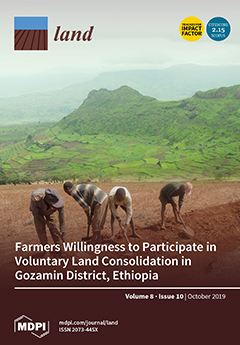Resource information
With increasing population growth, the Harare Metropolitan Province has experienced accelerated land use and land cover (LULC) changes, influencing the city’s growth. This study aims to assess spatiotemporal urban LULC changes, the axis, and patterns of growth as well as drivers influencing urban growth over the past three decades in the Harare Metropolitan Province. The analysis was based on remotely sensed Landsat Thematic Mapper and Operational Land Imager data from 1984–2018, GIS application, and binary logistic regression. Supervised image classification using support vector machines was performed on Landsat 5 TM and Landsat 8 OLI data combined with the soil adjusted vegetation index, enhanced built-up and bareness index and modified difference water index. Statistical modelling was performed using binary logistic regression to identify the influence of the slope and the distance proximity characters as independent variables on urban growth. The overall mapping accuracy for all time periods was over 85%. Built-up areas extended from 279.5 km2 (1984) to 445 km2 (2018) with high-density residential areas growing dramatically from 51.2 km2 (1984) to 218.4 km2 (2018). The results suggest that urban growth was influenced mainly by the presence and density of road networks.


